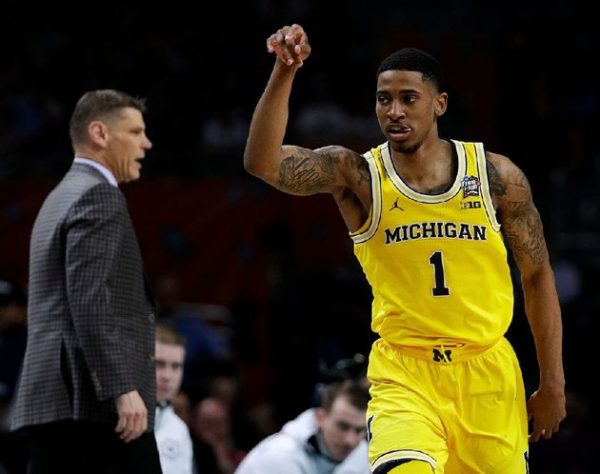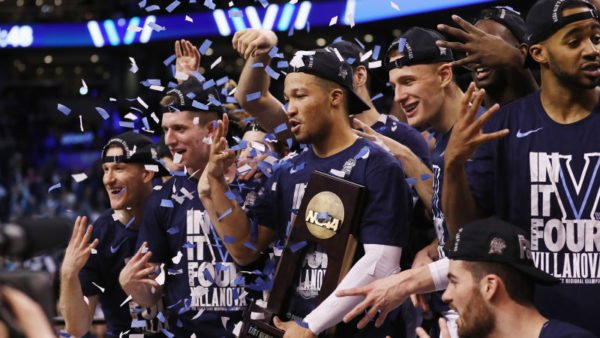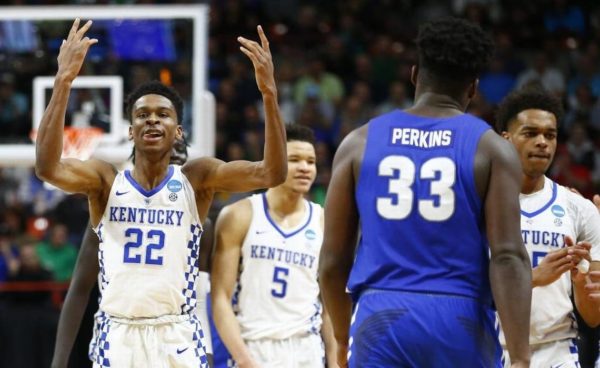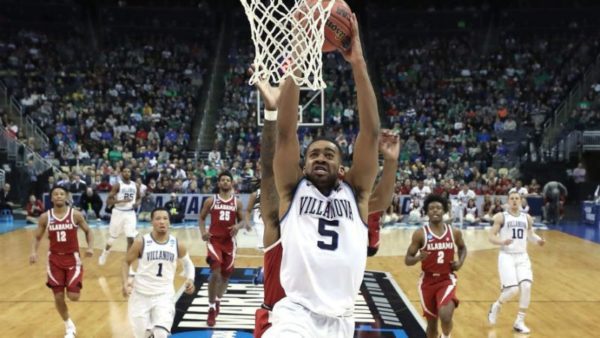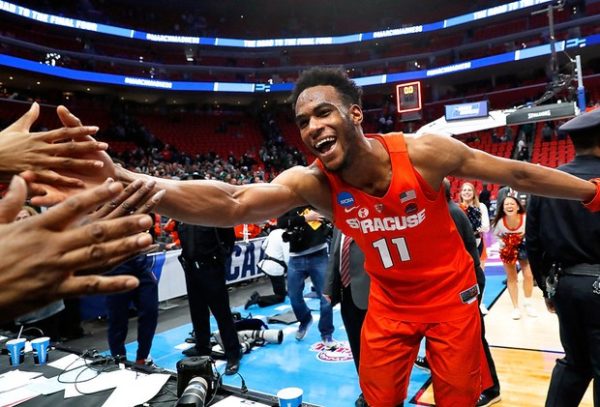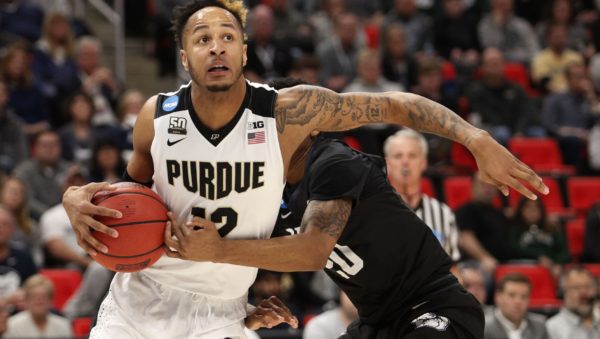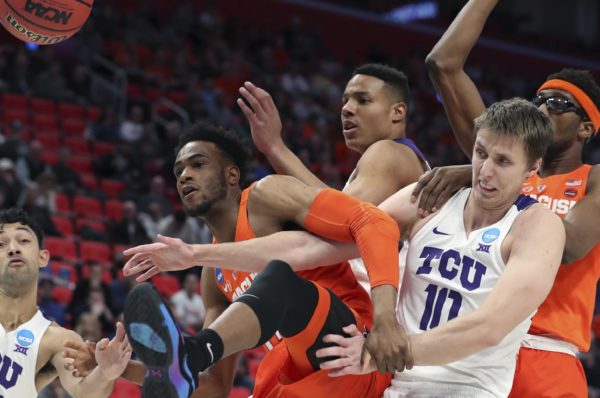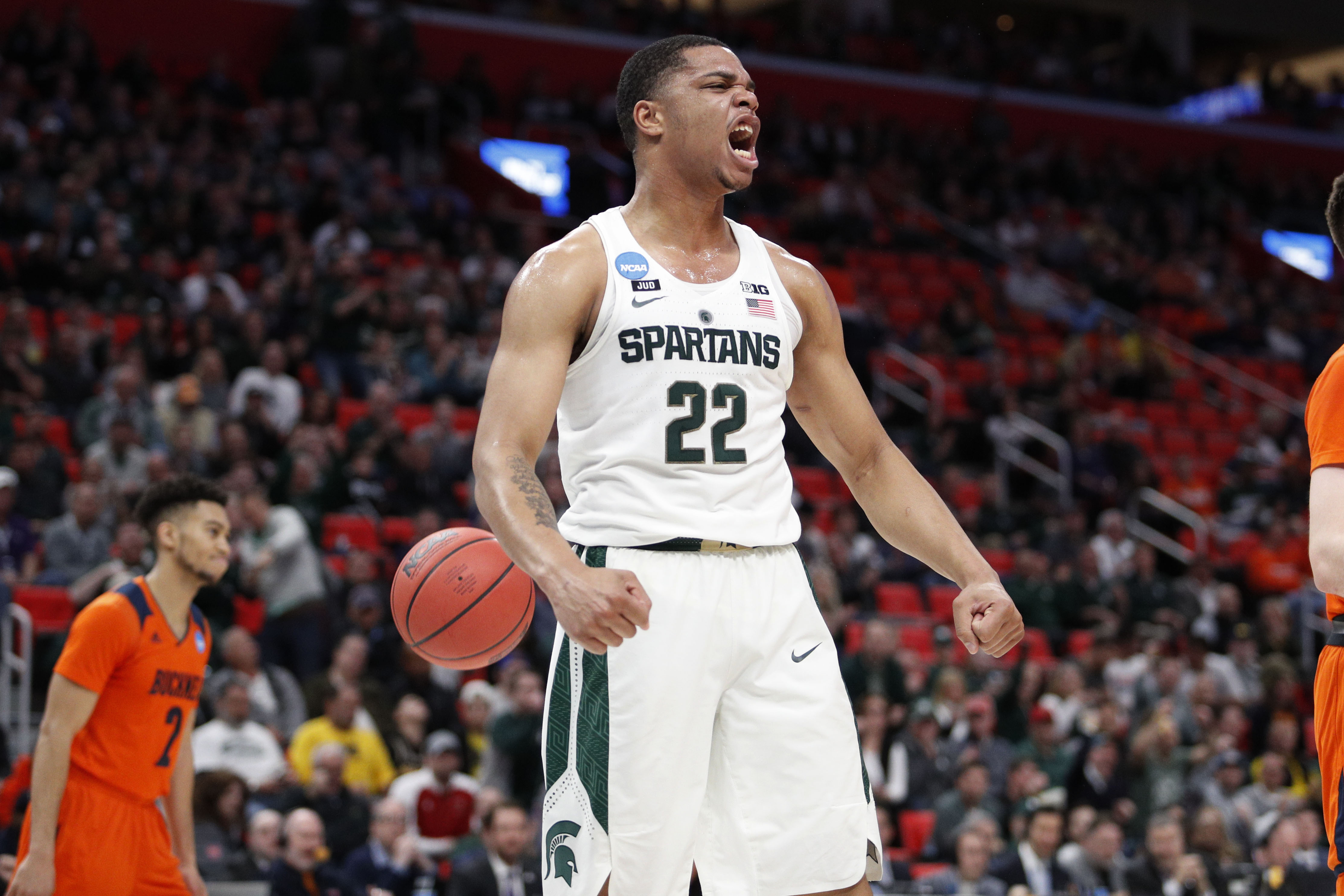NCAA Tournament Instareaction: Big Ten Edition
Posted by Tommy Lemoine on March 17th, 2019Below is a review of how the selection process concluded for each Big Ten team and what they should expect in the first few rounds of the upcoming NCAA Tournament.
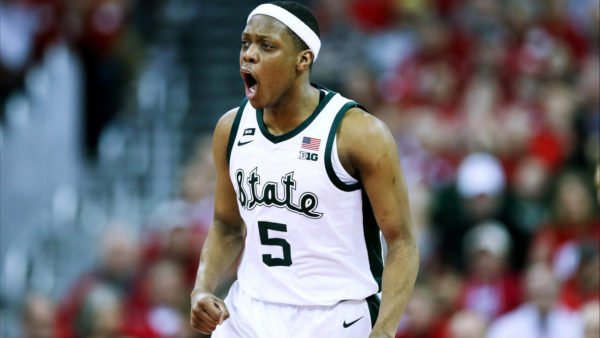
- Michigan State, #2 seed, East Region. Michigan State backed up its regular season conference co-title by beating Michigan on Sunday en route to the Big Ten Tournament title. It was the Spartans’ third win over the Wolverines in three weeks, giving them more Quadrant 1 wins than any team in America. Their reward? A potential date with #1 overall seed Duke in the Elite Eight. Of course, Tom Izzo’s club will have to get there first, which is easier said than done. Assuming it gets past #15 Bradley (and it’s never safe to assume), Michigan State would play either Louisville — a team it lost to in November — or Big Ten foe Minnesota in the Round of 32. Still, the Spartans are superior to both teams and should reach Washington, DC. Once there, a win over #3 LSU or #6 Maryland (or Cinderella) would set up a highly-anticipated matchup with the Blue Devils. With Cassius Winston at the helm and forward Nick Ward back in the lineup, Michigan State has enough depth and physicality to hang with the Blue Devils for 40 minutes. Whether it’s enough to beat a trio of top-5 NBA Draft picks remains to be seen.
- Michigan, #2 seed, West Region. The Wolverines hung on to a #2 seed despite dropping five of their last 13 games, setting up a rematch with Montana, which they played in the First Round as well just last March. Like that contest, Michigan’s elite defense should have no problem shutting down the sharp-shooting Grizzlies. A Second Round date with #7 Nevada or #10 Florida — both inconsistent down the stretch — also poses little danger to last season’s National Runner-Up. A trip to Anaheim, however, would be a different story. Assuming #3 Texas Tech avoids another bizarre upset, Michigan would likely face the Red Raiders in a Sweet Sixteen matchup between the nation’s two stingiest defenses. Are the Wolverines capable of winning that game and knocking off #1 seed Gonzaga for another trip to the Final Four? Absolutely. But their up-and-down offense will have to start scoring more consistently for that to happen.
- Wisconsin, #5 seed, South Region. What are we to make of the Badgers? Always beloved by advanced metrics, Wisconsin finished the season ranked #12 overall in KenPom thanks to a rock-solid defense that led the Big Ten in efficiency during conference play. Not to mention Ethan Happ (17.1 PPG, 10.5 RPG, 4.6 APG), who ranked among the league’s best in nearly every statistical category known to man. One category not worthy of praise, of course, is free throw shooting (46.5% FT), which has proved to be Happ’s — and perhaps the team’s — kryptonite this season. That could be an issue against a red-hot Oregon team that has size, length, and fouls at a high rate. The #12 Ducks are good enough to beat Wisconsin and may well do so if they grab an early lead. If the Badgers can control the game flow, though, wins against both Oregon and an equally methodical, defensive-minded Kansas State team in the Round of 32 are also within the realm of possibility. For a team with only one consistent offensive threat, a fourth Sweet Sixteen berth in five seasons is probably Wisconsin’s ceiling.





























